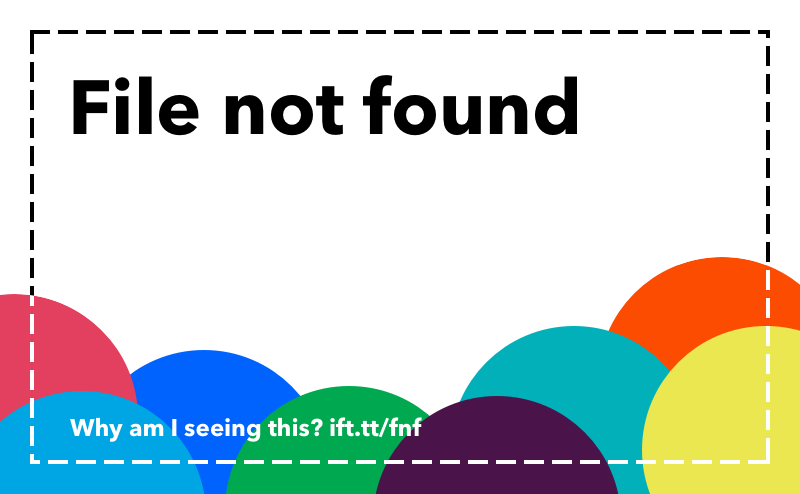
by Marty Resnick | September 5, 2019 | Submit a Comment
Rudyard Kipling once wrote:
”I keep six honest serving men (They taught me all I knew); Their names are What and Why and When And How and Where and Who.”
This quote is often used by journalists and writers to explain what makes a good article or story. In the context of Continuous Foresight starting with the “What” and more specifically the “what if” is what drives us. Those two words – “What if?” – is the genesis of our methodology for determining possible, probable, plausible, and preferable futures. It drives us to answer the questions around specific disruptions that will provide obstacles and opportunities for our organizations, society, and even in our personal lives.
- What if by 2040, 30% of the world’s population will be physically enhanced through human augmentation?
- What if a competitor opens up in our neighborhood?
- What if we ignore climate change?
- What if our business model is disrupted?
- What if we decide not to buy a new piece of equipment?
- What if we wanted to use augmented reality?
- What if we didn’t?
All of these types of questions lead to multiple scenarios and futures and we need to be prepared to answer them. As mentioned earlier their are four types of futures we could deal with:
- Possible – an event or disruption may occur.
- Probable – there is some degree of certainty that an event or disruption will most likely happen
- Plausible – there is a level of believability and it is logical (makes sense) that an event or disruption will occur
- Preferable – it is our desirable outcome and we will strive to force this event or disruption to occur as it will be to our advantage
What if? In the Continuous Foresight perspective really wants to spend most of its time focused on multiple plausible and probable futures and not get too lost in the uncertainty of possibilities and the risk of bias and being blinded by the preferable. There are cases to focus on all four types at different times, but plausible and probable tend to make the most sense to focus our efforts.
Organizations need to find a structured and intentional way to respond to disruptive forces and that is what Continuous Foresight is designed to do. It is essentially a meta-methodology understanding that there are multiple methodologies (I.e. trend spotting, PESTLE) that make up Continuous Foresight with the goal of connecting the dots and making best use of all of those methodologies in practice to answer the all important question “What if?”
SHAMELESS PLUG – Please don’t forget to listen to our first episode of our Continuous Foresight podcast here.
Category: augmented-reality continuous-foresight trendspotting
read more at https://blogs.gartner.com/digital-marketing by Marty Resnick
Cio










